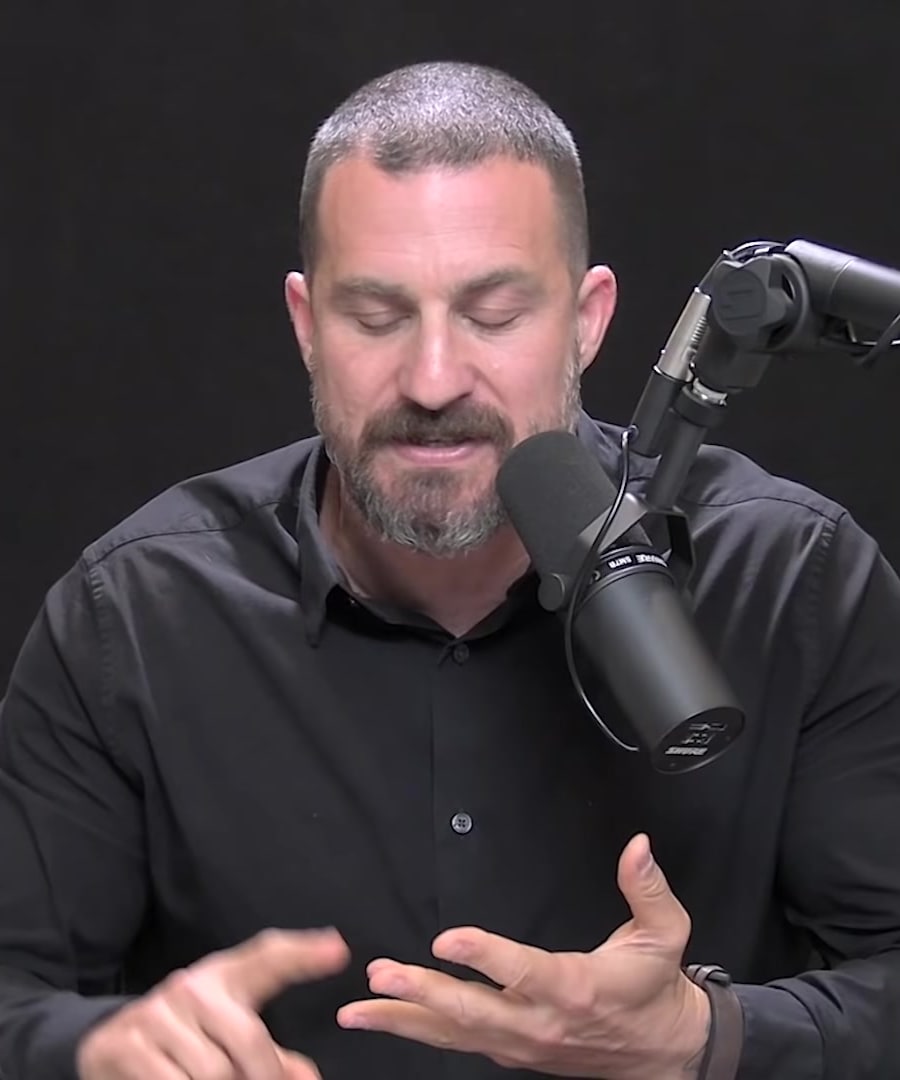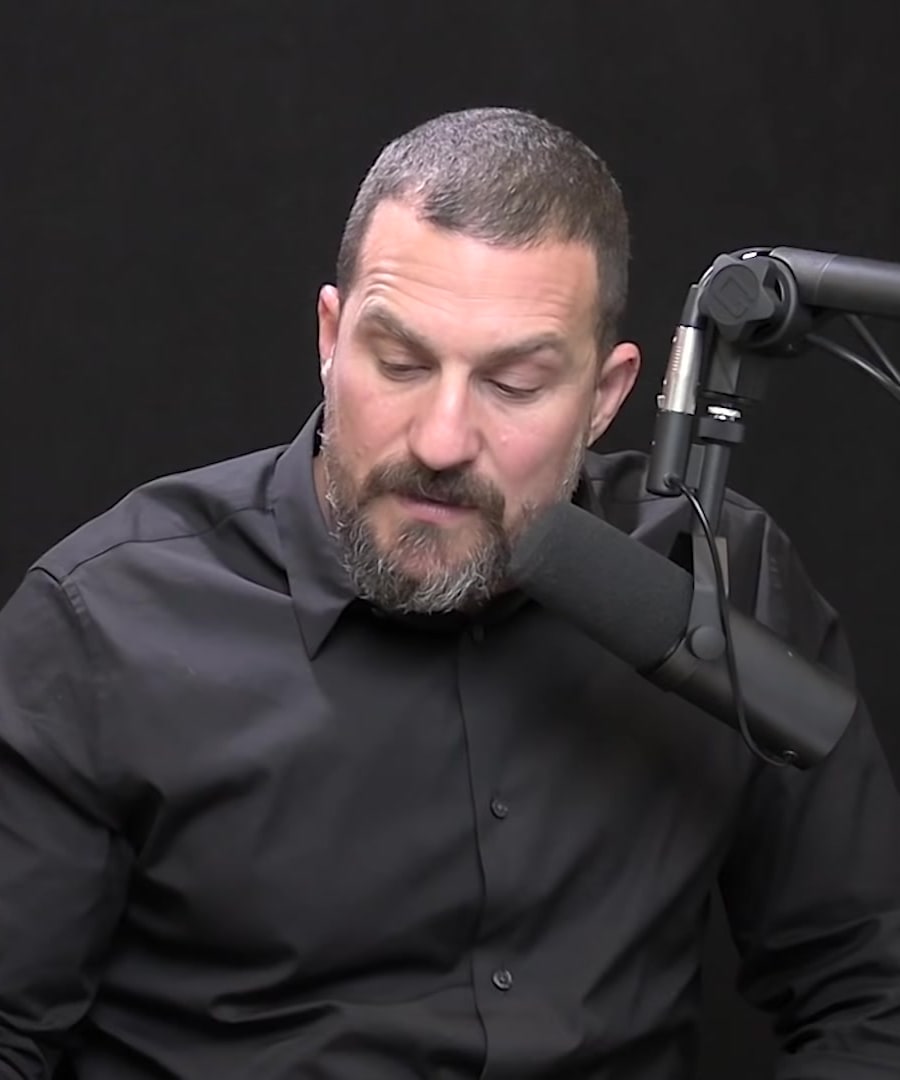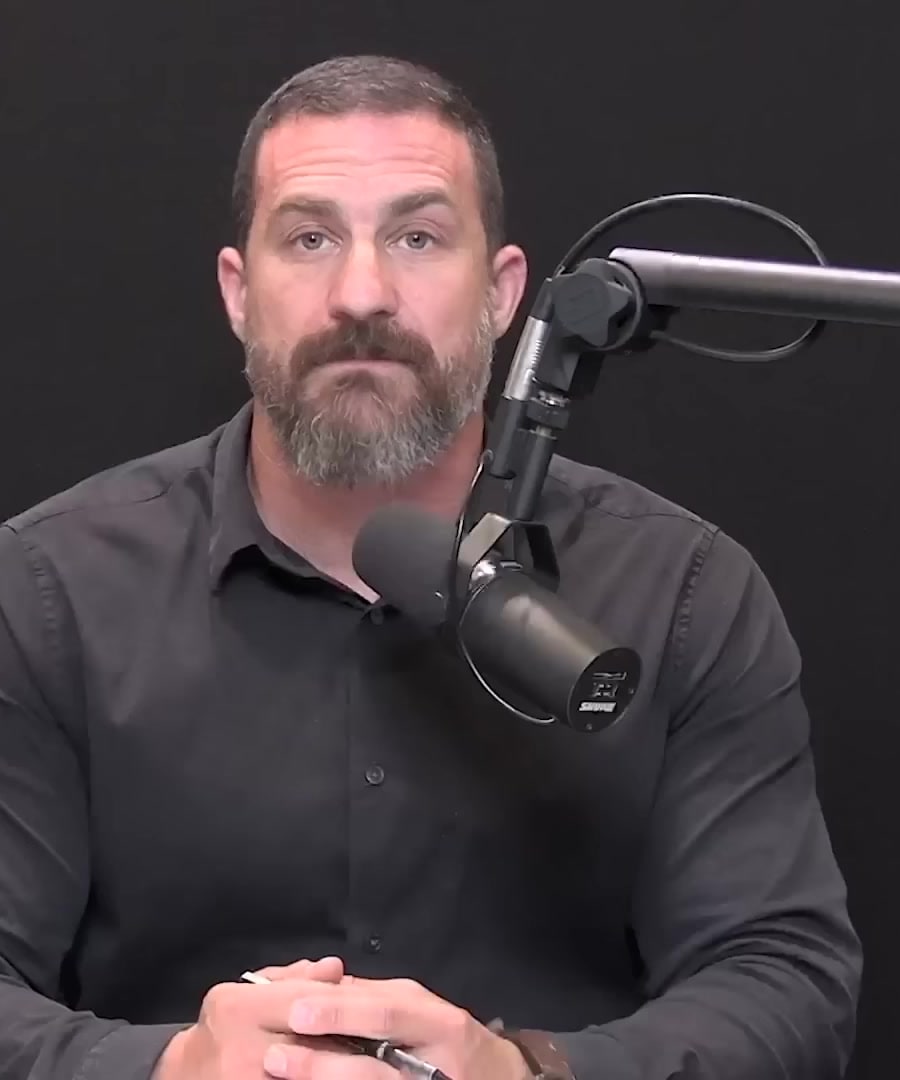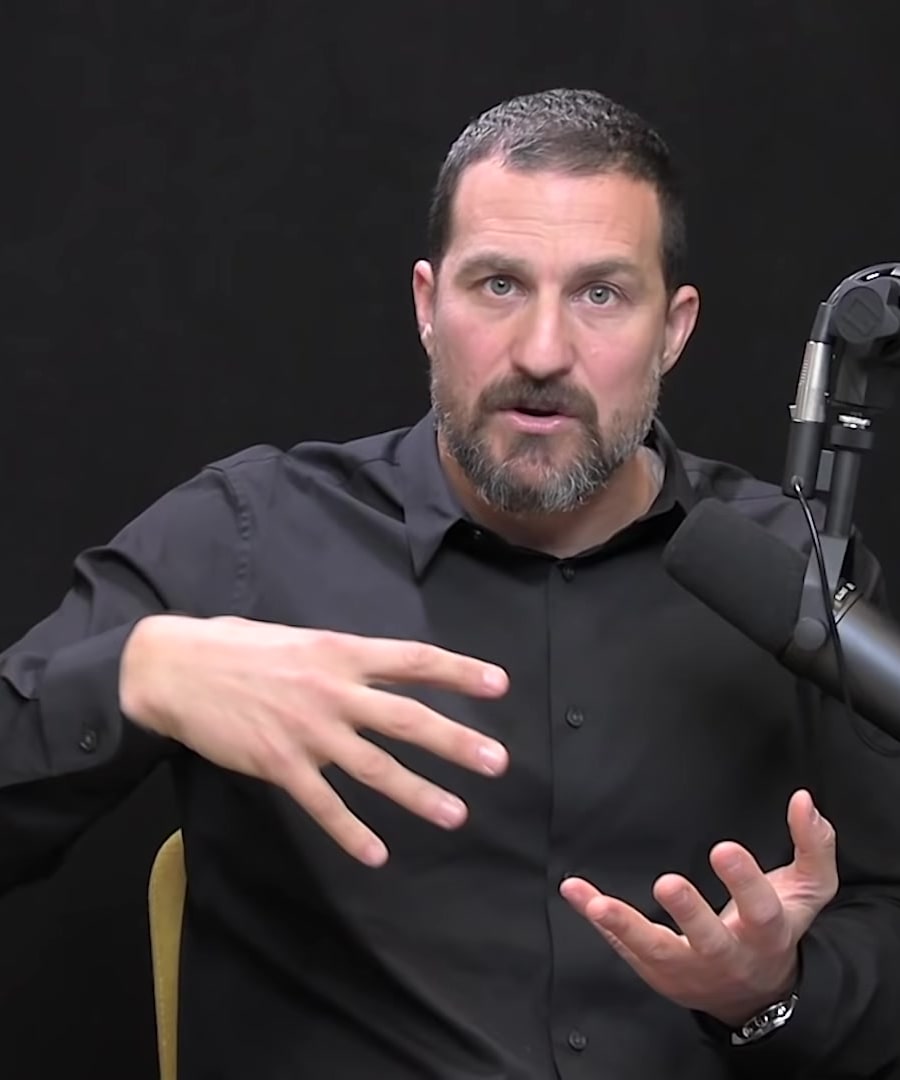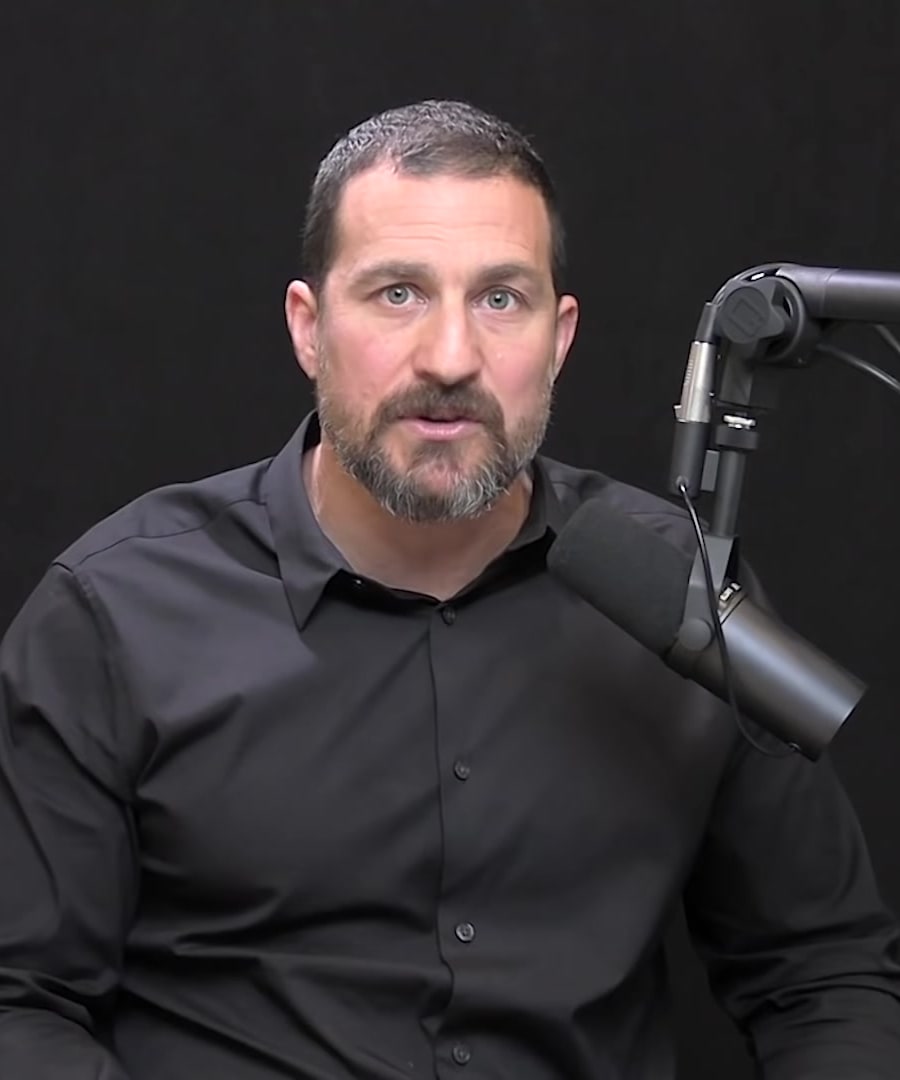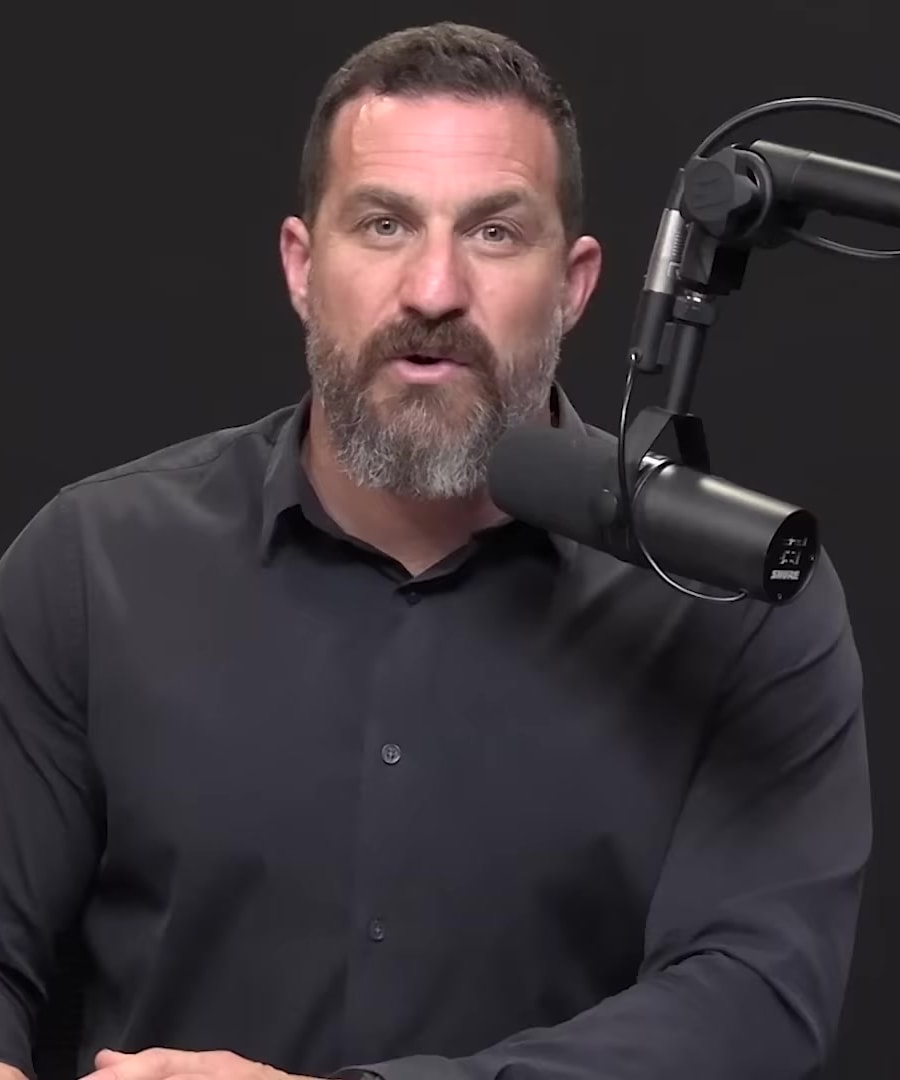What is non-sleep deep rest? (NSDR)
Sources:
Non-Sleep Deep Rest (NSDR) is an umbrella term coined by for a range of protocols designed to enhance brain and body functions through a state of deep relaxation. NSDR includes practices like meditation, yoga nidra, and hypnosis, all involving a focused shift toward relaxation. These activities support better sleep, physical and mental performance, and can reduce anxiety 1.
NSDR, especially when practiced in 20-minute sessions following a learning period, can increase learning rates and information retention. It's cost-free and drug-free, offering a method to accelerate learning without extra sleep. It is also notably linked with a neuroplasticity increase 2.
NSDR can be beneficial in various circumstances, including difficulty falling or staying asleep, anxiety, or as a restorative tool for focused work. It's a method to teach relaxation and recover sleep while restoring dopamine levels in the brain. It also facilitates a reset in neuromodulators like dopamine in the striatum, crucial in motor planning and execution 3 4.
To support individuals interested in NSDR, has shared accessible and free NSDR protocols. This includes a 10-minute NSDR which is available on YouTube, focusing on relaxation without the mystical aspects of other practices such as yoga nidra 3.
The main goal of NSDR is to achieve restorative relaxation that is different from sleep but provides profound rest akin to deep states of sleep 5. It can reset one's ability to engage in the world with intention and deliberate action, aiding in wellness and health significantly 6.
Can you provide harm reduction tips for MDMA use?
Sources:
The has not provided direct harm reduction tips for recreational MDMA use, as focuses primarily on the science behind the substances, their effects on the brain, and their therapeutic uses when discussing MDMA. For instance, he discusses the potential benefits of combining MDMA with talk therapy for treating PTSD and how safety protocols are critical in this process 1.
He mentions the physiological effects of MDMA, such as increases in dopamine, serotonin, oxytocin, and prolactin, and how these can impact mood and motivation post-ingestion. For example, increases in prolactin after MDMA use might contribute to the "crash" that people experience, and while not a harm reduction tip per se, this conveys the complex biochemical effects of MDMA on the body 2.
emphasizes the importance of safety protocols and clinical support when MDMA is used in therapeutic settings, and the distinction between legal, medically-supervised use, and recreational abuse 1, suggesting the importance of controlled environments for its use.
It's worth noting that MDMA remains a Schedule I controlled substance in many places, indicating a high potential for abuse and no accepted medicinal use outside of research settings, which also extends to legal implications for possession and use. As such, discussions on the around MDMA primarily concern its therapeutic potential within legal boundaries and with safety measures rather than harm reduction for recreational use.
RELATED QUESTIONS
What is non-sleep deep rest? (NSDR)
Can you provide harm reduction tips for MDMA use?
- RELATED QUESTIONS
